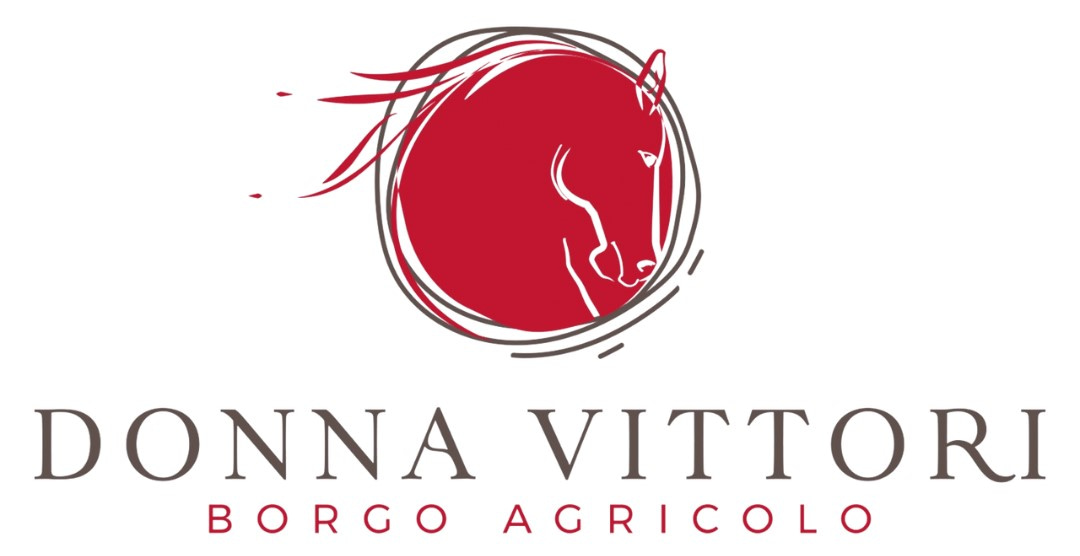Ancient grain pasta is the true essence of Italian pasta, but to fully enjoy it, one must seek a perfect balance between the grain and the sauce. Over the past few years, I have tasted several types of single-grain pasta, and the result has been that the aromas of the different grains are remarkably recognizable, even at a first taste without seasoning.
For someone like me who has been involved in cooking for a long time, it is natural to consider all ingredients when creating a dish, but for years it was as if pasta was considered a 'neutral' element, especially dry pasta.
No one could intervene deeply in the choice of pasta, which remained exclusively produced by large industrial plants, although recently some agricultural pasta factories have sprung up, that is, of grain producers who make their own pasta factory on the farm.
In haute cuisine and quality-conscious catering, chefs often make their fresh pasta using flour blends that have become the secret of every establishment. But for dry pasta that any of us can buy, this operation that I would call 'cultural' had not yet been conducted.
Only single-varietal Senatore Cappelli wheat pasta has become widespread and can be found on supermarket shelves thanks to a careful marketing policy conducted by the seed company. But even here the final flavor of the wheat depends on where it is produced and how it is stored so not all pastas smell the same.
So I gladly accepted Donna Vittori's involvement and the proposal to study right pairings for their three types of wheat: durum wheat cappelli, spelt and Autonomy B wheat. All grains grown in an area between Paliano and Gavignano that I know well and where I lived for several years.
My challenge was to give advice on how to serve this pasta and how to get the most out of the flavor expressions of the individual grains. And to my satisfaction, doing a taste test recently I heard from one of the diners, "finally a right sauce that allows you to taste the flavors of the pasta."
For years we have paid a lot of attention to the preparation of sauces, researching the best products, and it is time that we now broaden this research to the field of traditional grains, not tomatoes accompanied by pasta but a marriage of pasta and sauce.
The three pastas are immediately different in terms of color and roughness starting from the light, almost whitish color of the soft wheat to the yellow color of the durum wheat to a distinctly nutty (at times dark) color of the spelt.
To understand the differences, I first tasted them only cooked with water, and again the color scale reflects the delicacy of the grain, ranging from the sometimes 'sweet' scent of soft wheat to the determined scent of spelt.
I thought the delicacy of the soft wheat would go well with shrimp scented with lemon zest, for the durum wheat I used a classic combination of Roman and Ciociara cuisine based on broccoletti and sausage, and for the spelt I combined the definite and recognizable scents of field chicory.
Only advice to anyone who wants to start cooking pasta made from ancient grains, pay attention to the cooking time. Taste it often because it cooks in a very short time and the cooking window is limited.
Casarecce pasta with shrimp and lemon zest

PROCEDURE:
This recipe is designed for Autonomy B wheat casarecce.
A very simple recipe that can be prepared in a few minutes. For the ragout, we chop the shrimp coarsely and sauté them in a pan with garlic and oil. We deglaze with a good white wine.
We cook the pasta and finish cooking it in the pan along with the shrimp. In the dish we grate some lemon zest and a grind of a pepper mix.
With this dish I would pair a white wine, possibly with bubbles such as a Maturano, a typical grape variety from southern Lazio.
